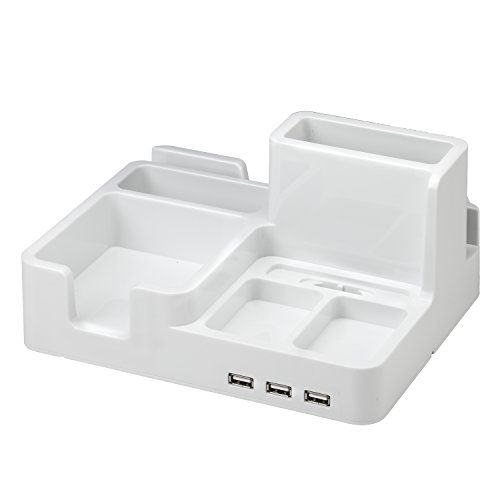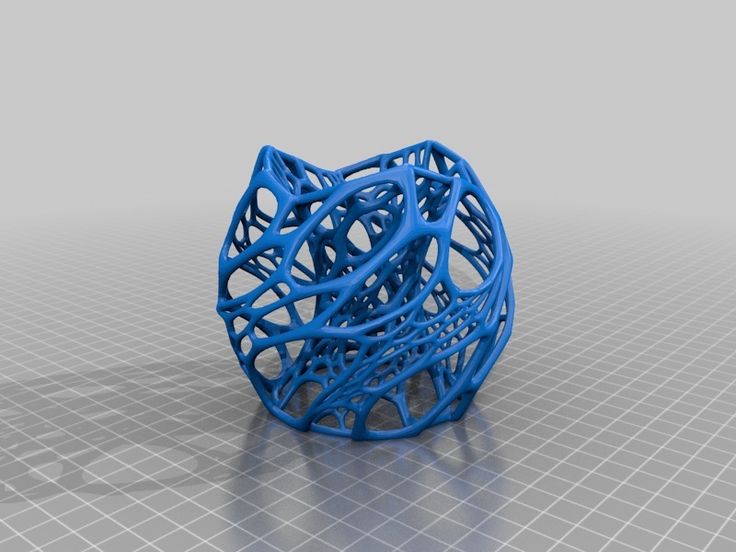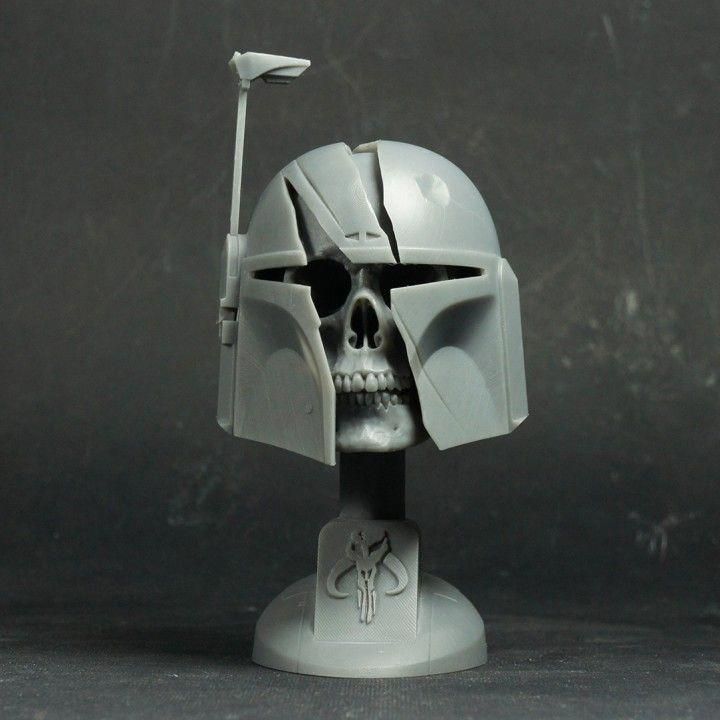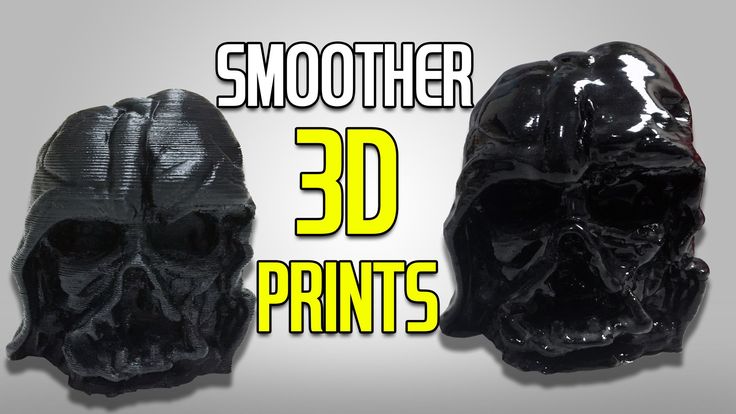3D printing in zero gravity
An experiment in 3D printing in zero gravity
A number of researchers are exploring the use of 3D printing/additive manufacturing in space applications. One experiment is testing the possibility of using 3D printing to make spacecraft components directly in orbit. The Additive Manufacturing In Space (AIMIS-FYT) team at Munich University of Applied Sciences is developing and researching an additive manufacturing process in which the production of structures takes place in zero gravity. The benefit here is that elements produced this way for space travel do not have to meet the high launch requirements. The process is being researched on parabolic flights in zero gravity – supported by a uEye CP industrial camera from IDS.
For this additive manufacturing process, the AIMIS-FYT team developed a 3D printer with an extruder that dispenses a liquid photopolymer.
“Our 3D printing process can directly print three-dimensional structures in space using a UV-curing adhesive or potting compound,” says Torben Schaefer, press officer of the AIMIS-FYT team.
Rather than create components layer by layer, the team created a 3D printer that builds parts directly using the three-dimensional movement of the print head. UV light cures the resin that is freely extruded into space in zero gravity, hardening the material in a short time.
In combination with weightlessness, this process enables manufacturing without shape restrictions that normally exist due to gravity on Earth. Typical shape limitations are, for example, long overhangs that are not possible on earth or that can only be manufactured with elaborate support structures. In zero gravity, it is even possible to create components without a fixed anchor point, such as a pressure plate.
Successful 3D printing of a “diagonal rod” in weightlessnessThis production process enables a variety of designs, such as printed structures for solar panels or antennas. For example, the production of mirrors for parabolic antennas or the manufacture of truss structures for the mounting of solar generators is possible.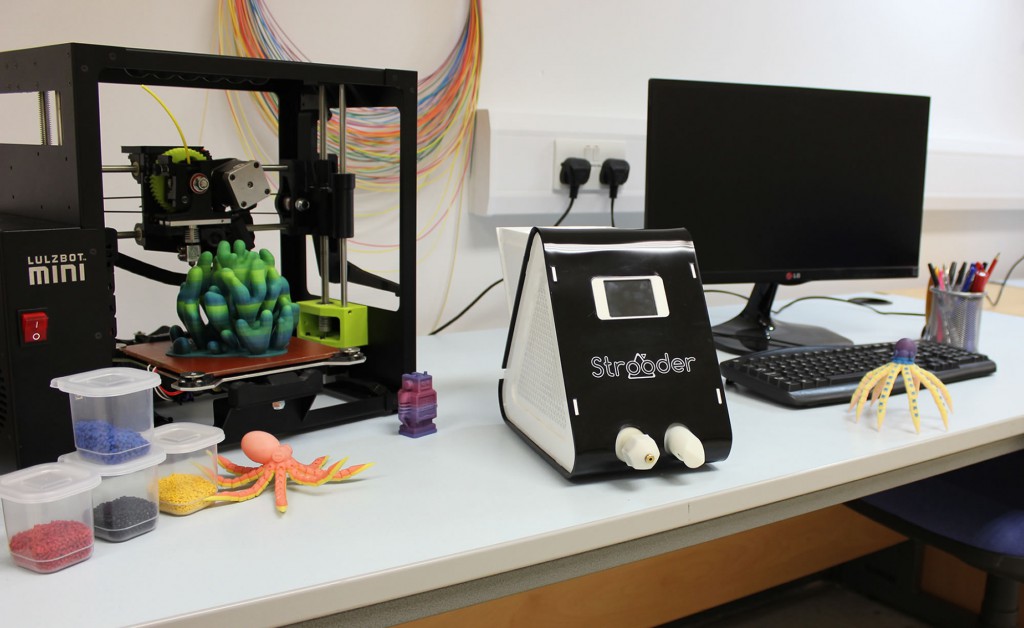 Those who develop small and micro-satellites or even entire satellite constellations can make them in orbit, rather than on Earth, reducing unit and launch costs for transporting their systems into orbit. Building satellites in space also enables developers to take more fuel on board, extending the useful life.
Those who develop small and micro-satellites or even entire satellite constellations can make them in orbit, rather than on Earth, reducing unit and launch costs for transporting their systems into orbit. Building satellites in space also enables developers to take more fuel on board, extending the useful life.
“For satellites, the fuel is usually the limiting factor; at present, it usually lasts for around 15 years,” explains Torben Schaefer.
The resin is cured by UV radiationOne of the first tests was the printing of straight rods, connections of rods and the creation of free-form rods. In one case, a conventional printing plate was used as the starting point for printing; in another case, the behavior of printing, free-floating rods were investigated.
The four basic operations of 3D printingThe 3D printing process
The main parameters of the printing process are the extrusion speed of the resin, the UV light intensity, the UV light time and the trajectory– or the movement path of the printer.
“In our printing process, precise, pressure-stable and constant delivery of the medium is important. At the same time, the parameters should be kept constant during the entire process,” says Torben Schaefer. The USB 3 camera sponsored by IDS keeps a close eye on the process: It watches the nozzle of the printer in close-up and always moves relative to it. This way, the camera follows the nozzle with every movement. The image is cropped in such a way that the formation of the rods is captured around 4.5 cm below the nozzle.
A finished truss structure in zero gravity – detail shot from the IDS camera“The IDS camera provides important results for the discharge of the resin and its curing. The UV LEDs produce a strong overexposure, which means that difficult lighting conditions exist. These are no problems for the U3-3260CP from the IDS portfolio: with the cost-effective 2.30 MPixel Sony sensor IMX249 (1920 x 1200 px). It makes the global shutter CMOS sensor with its 5.86 µm pixels predestined for applications like these, which are supposed to deliver a perfect result even in difficult lighting conditions – in this case, strong brightness due to overexposure.
To further analyze the exit behavior from the nozzle in zero gravity, the process is carried out at a slower speed. The contour of the rod must be precisely captured.
“For this, the high frame rate and resolution of the camera are crucial for a high-quality evaluation,” says Torben Schaefer from the AIMIS team. With a frame rate of 47.0 fps, the IDS camera ensures good image quality with minimal noise – perfect conditions for its task in space.
In addition, the camera was easy to install.
“We were able to seamlessly integrate the camera into our C++-based monitoring system with the help of the IDS SDK,” says Torben Schäfer. According to him, this is where all the data from the sensors converge and provide a comprehensive overview of the current status of the printer and the individual print parameters.
“We can start and stop the recording of the IDS camera and all other measurements with one click. Since there are only twenty seconds of zero gravity on a parabolic flight and there is a break of around one and a half minutes between two parabolas, we only save the most important information by starting and stopping measurements and recordings in a targeted manner. ” In addition, a live image of the printing process is displayed on the monitor with the help of the IDS software. “This live feed makes it easier for us to set up and quickly analyze the printhead.”
” In addition, a live image of the printing process is displayed on the monitor with the help of the IDS software. “This live feed makes it easier for us to set up and quickly analyze the printhead.”
Outlook
The findings from the experiments will be used to further optimize the printing process of the four basic 3D printing operations (straight bar, straight bar with start/stop points, free-form bar as well as connections between bars) and to prove the primary function of additive manufacturing in zero gravity. The aim is to test the technology in space, as it offers the chance to drastically reduce the cost of components in space technology.
“With the AIMIS-FYT project, we have the opportunity to actively shape the future of space travel,” says Michael Kringer, project manager of the AIMIS-FYT team. The powerful little IDS camera has successfully recommended itself for future missions – on Earth and in space.
IDS Imaging Development Systems GmbH
en.ids-imaging.com
Zero Gravity Printing in Space: How Does it Actually Work?
Skip to content- View Larger Image
Astronauts on the International Space Station (ISS) need cargo to sustain their missions, and they depend on cargo transported via rocket ships to send supplies and tools. However, it sometimes takes weeks or even months for critical supplies to reach them. As humans venture further into space, these cargo missions will become even more expensive and complex.
However, that’s where zero-gravity printing, otherwise known as 3D printing in space, can make its impact. The dependence upon cargo resupply has afforded the space industry opportunities to choose alternate options for spacecraft supplies.
Additive manufacturing is a way of printing 3D parts from a digital machine. For comparison, consider the common office printer; a 2D file prints images and text on paper,while a 3D printer uses a 3D file to distribute thin layers of material on top of the other, creating a fully-formed, 3D model. The 3D print test demonstrated on the International Space Station was a major step toward making zero-gravity 3D printing a reality for long-duration space missions. This will be a significant component for sustainable, deep-space human exploration of far-off, celestial bodies like the moon or Mars, where there is limited availability of Earth-based materials and logistics support.
The 3D print test demonstrated on the International Space Station was a major step toward making zero-gravity 3D printing a reality for long-duration space missions. This will be a significant component for sustainable, deep-space human exploration of far-off, celestial bodies like the moon or Mars, where there is limited availability of Earth-based materials and logistics support.
To prepare for implementing this revolutionary technology in space, NASA’s Marshall Space Flight Center and Made in Space teamed up to develop and launch the first 3D experiment on the International Space Station in 2014. Using extrusion additive manufacturing, the first 3D printer in space created objects layer by layer out of Acrylonitrile Butadiene Styrene (ABS) plastic, which we know as the same material used to make Lego bricks. Over 20 parts are printed on the innovation, as files are loaded onto the printer with additional files uplinked from Earth.
Printing in Space: How it Works
But how exactly does the 3D printing device work? The shoebox-sized printer uses a fused filament fabrication process that feeds a continuous thread of plastic through a heated extruder and onto a tray layer by layer to form the three-dimensional object. It’s encased in metal with a glass window so astronauts who use it can look into the printing process. When NASA/Made in Space’s 3D Printing in Zero Gravity project was being tested, researchers found that zero gravity had no differences on printing 3D objects as compared to being printed on Earth. However, there were some noticeable differences to printing in space.
It’s encased in metal with a glass window so astronauts who use it can look into the printing process. When NASA/Made in Space’s 3D Printing in Zero Gravity project was being tested, researchers found that zero gravity had no differences on printing 3D objects as compared to being printed on Earth. However, there were some noticeable differences to printing in space.
Tracie Parker, one of the investigators on the research project, explained, “There were some differences in the flight and ground specimen sets, which are likely attributable to the inherent variability in subsequent builds common with additive manufacturing processes. As with any process, it is important to have good process control. The idea with the technology demonstration was to show that you can do this in microgravity, and the only way to test that was operating over time on the station.”
Made In Space then created the Additive Manufacturing Facility (AMF) to print a variety of materials, including engineered plastics.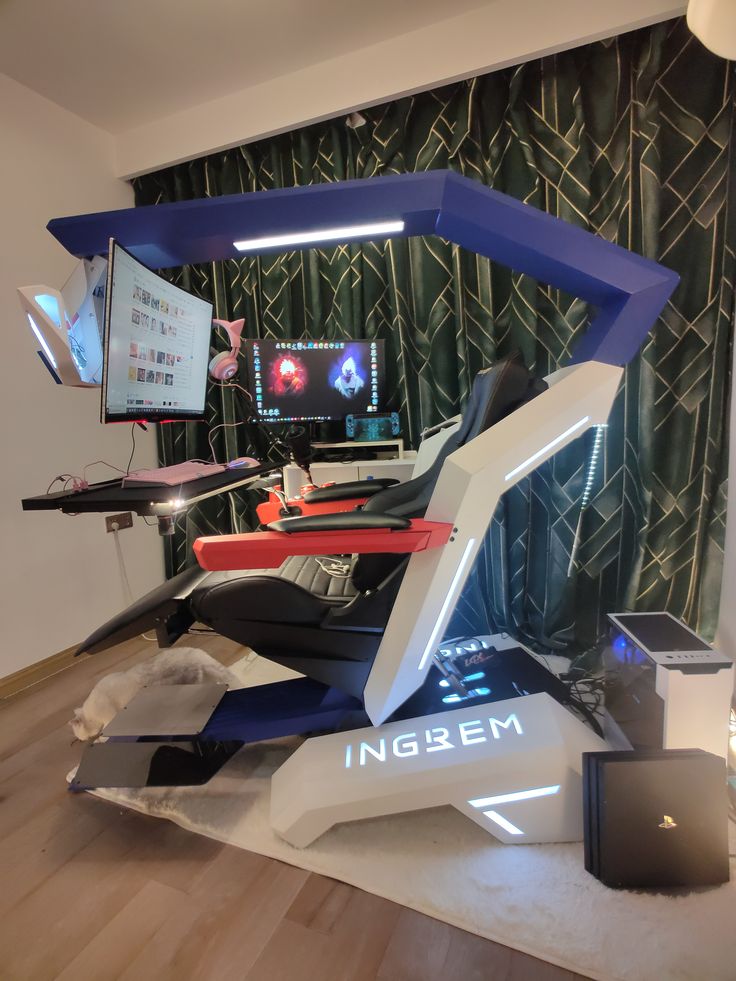 A later investigation created parts with this new printer on the ISS. They printed hundreds of objects that are currently undergoing analysis. However, they took a different testing approach to examine the filament layup on objects and its consistency. One challenge is that there are no firm standards to test 3D printed materials. However, organizations and agencies like NASA are working to advance testing procedures.
A later investigation created parts with this new printer on the ISS. They printed hundreds of objects that are currently undergoing analysis. However, they took a different testing approach to examine the filament layup on objects and its consistency. One challenge is that there are no firm standards to test 3D printed materials. However, organizations and agencies like NASA are working to advance testing procedures.
Thankfully, the process can further lead to increased cost savings, reduction in mass and labor, along with production time. The ISS crew will be able to use the AMF to perform station maintenance, build new tools, and repair outdated sections of the ISS in an emergency. Plus, the AMF is capable of producing components from a variety of space-rated composites. This diversity of the products allows for various parts and devices to be tailored to the specific need, enabling current and future space-mission applications. By 2026, private space 3D printing is expected to reach $2. 1 billion as the space sector embraces additive manufacturing to enhance and optimize space parts to reduce costs and weight. What was seen as pure science fiction just ten years ago is rapidly innovating and making a difference to our future in space.
1 billion as the space sector embraces additive manufacturing to enhance and optimize space parts to reduce costs and weight. What was seen as pure science fiction just ten years ago is rapidly innovating and making a difference to our future in space.
Go to Top
3D printing and space: the most important
1. The use of additive technologies in the manufacture of spacecraft parts.
3D printing is actively used in the aerospace industry for the manufacture of prototypes, engine parts and tooling. Its use allows the manufacturer to reduce the cost of products, improve their performance, and significantly reduce the time of manufacture of individual products. All major companies involved in aerospace production are turning to additive technologies in one way or another. nine0005
Mostly 3D printed engine parts. Thus, the American company Aerojet Rocketdyne has signed a contract for 1.6 billion dollars for the production of the RS-25 rocket engine, some of the parts for which will be made on a 3D printer. Production of a single part by traditional methods could take half a year - 3D printing allowed Aerojet Rocketdyne to reduce time and costs, significantly speed up the prototype production process. In addition, the company successfully uses additive technologies in other projects. nine0005
Production of a single part by traditional methods could take half a year - 3D printing allowed Aerojet Rocketdyne to reduce time and costs, significantly speed up the prototype production process. In addition, the company successfully uses additive technologies in other projects. nine0005
Another US company, Rocket Lab, is building New Zealand's first orbital launch station. It is from there that it is planned to launch the world's first rocket, the oxygen-hydrocarbon engine of which is completely printed on a 3D printer.
The list would be incomplete without businessman and designer Elon Musk. His company SpaceX has successfully tested 3D-printed SuperDraco engines to be used in the Dragon spacecraft and is also working on the Raptor Rocket propulsion system. nine0005
Other industrial giants didn't stop at engines. Blue Origin used over 400 3D printed parts on New Sheppard's first flight in June 2015.
And Boeing has contracted Oxford Performance Materials, a leading additive manufacturing specialist, to produce 600 3D printed parts for the new Starliner space taxis.
Additive technologies are also used in promising projects of the near future. NASA is using advanced techniques in preparing for a Mars mission: 3D printing is already being used to create prototypes, manufacture parts in space, and even make engine parts for a future ship that will go to Mars. nine0005
The Russian aerospace industry is also beginning to introduce 3D printing. For these purposes, the Roscosmos Corporation has received a unique domestic 3D printer Router 3131 with a large print field. He will create elements of spacecraft.
2. The use of 3D printing in the production of satellites and vehicles.
Another direction in the aerospace industry, which we decided to consider separately, is additive technologies in the production of satellites. Unlike a rocket, the cost of a satellite is significantly lower, but it can also be reduced by paying attention to innovative technologies. nine0005
Aerospace giant Boeing has done just that by using 3D printing to produce modular satellites. Now one device costs, on average, 150 million dollars - this price is due not only to the high-tech component, but also to the significant cost of the labor force involved in production. When using 3D printers, the cost and production time of satellites are significantly reduced.
Now one device costs, on average, 150 million dollars - this price is due not only to the high-tech component, but also to the significant cost of the labor force involved in production. When using 3D printers, the cost and production time of satellites are significantly reduced.
Small start-ups and research projects have more modest goals, but 3D printing helps them too. A team of researchers at Northwestern Nazarene University in Idaho awaits the launch of their 3D-printed MakerSat satellite, the first in the state, into space. The dimensions of the device are only 10x10x11.35 cm, and it is created from available polymers for 3D printing (ABS, ULTEM and nylon). nine0005
High performance satellite developer Millennium Space Systems recently announced the completion of a pre-production model of the ALTAIR series, which is now being prepared for launch into space. The new technologies used in the design of the satellite will make new space missions possible. For example, 3D printing will save on the cost of sending parts into space and reduce the time it takes to prepare and conduct missions.
Russian scientists also excelled. In 2016, the Tomsk-TPU-120 small satellite was developed at the Tomsk Polytechnic University. When creating the device, scientists and students of Tomsk Polytechnic University used additive technologies - the frame and most of the components are printed on a 3D printer. On March 31, 2016, the 3D satellite left the Earth and settled in orbit. nine0005
Juno flew even further. The NASA space station with that name entered Jupiter's orbit in the summer of 2016. This event is also important for 3D printing, as Juno became the first spacecraft with 3D printed parts - titanium waveguide elements manufactured by Lockheed Martin.
3. Space 3D printers.
Astronauts in orbit often cannot provide themselves with everything they need and have to wait for cargo that arrives at the International Space Station (ISS) during scheduled flights. Unfortunately, during this time the crew is not insured against accidents or breakdowns of important systems. 3D printing experiments in space offer the potential to print needed parts if any parts fail in space. This is very important for future flights to Mars and other planets: for a long time, the colonists will not be able to receive help from Earth. Therefore, in the forthcoming expeditions, it is extremely important to use all available opportunities for the manufacture of products on board ships and space stations. nine0005
3D printing experiments in space offer the potential to print needed parts if any parts fail in space. This is very important for future flights to Mars and other planets: for a long time, the colonists will not be able to receive help from Earth. Therefore, in the forthcoming expeditions, it is extremely important to use all available opportunities for the manufacture of products on board ships and space stations. nine0005
Such experiments have been carried out on the ISS since 2014. It was then that the Zero G 3D printer manufactured by Made in Space was delivered to the American segment of the station. The first print took place on November 24, 2014 and marked a new era in the development of 3D technologies. The printed object was a part of the printer itself, the faceplate of the printhead, symbolizing the ability to one day print a 3D printer in space on a 3D printer. In 2016, another Made in Space printer called the Additive Manufacturing Facility (AMF) was delivered to the ISS. nine0005
nine0005
Since then, print trials on the ISS have taken place regularly. One of the latest ideas was an innovative plan by the Canadian company 3D4MD, which involved printing medical devices, such as splints or surgical instruments, on the ISS. To create devices such as custom splints for broken fingers, 3D4MD's developers could use, for example, measurements taken during the preparation of spacesuits and create a model on Earth. The 3D model can then be sent to the ISS, where the tire will be 3D printed. nine0005
Roskosmos is also developing a similar project. An experiment called "3D printing" should confirm the possibility of using a 3D printer in the absence of gravity. This device was created within the walls of the Tomsk Polytechnic Institute and agreed with the engineers of RSC Energia. The printer will go to the ISS in 2018.
Not being able to conduct experiments in space, other powers organize experiments on the ground. A development team from China recently successfully tested the first 3D printer designed for weightless conditions.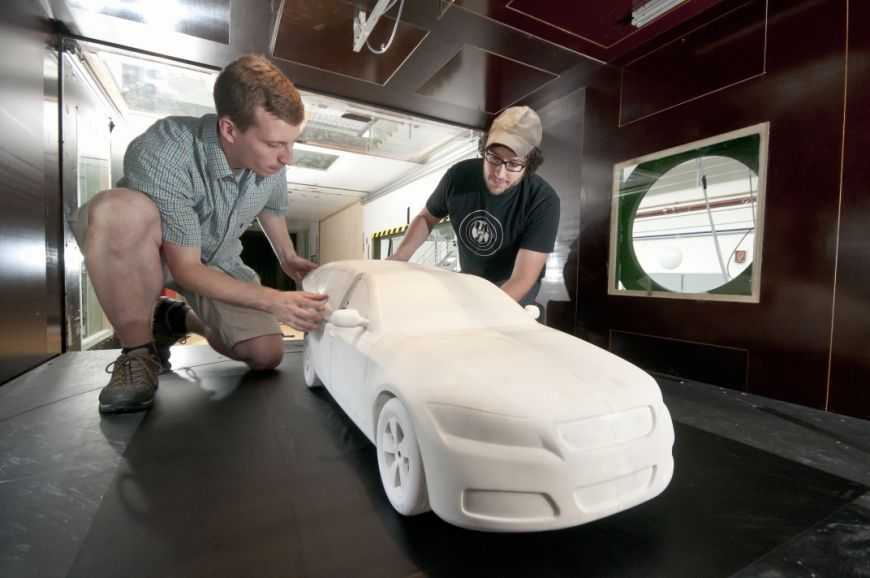 Many difficult tests were carried out in the French city of Bordeaux. nine0005
Many difficult tests were carried out in the French city of Bordeaux. nine0005
4. 3D bioprinting in space.
It is known that in outer space there is electromagnetic and radiation radiation that has a detrimental effect on biological tissues. In order for the astronaut to be able to endure all the hardships of the flight, the protection of the ship alone is not enough - it is necessary to think about high-quality medical care. And if it does not help, then it’s about replacing any organs.
That is why the Russian United Rocket and Space Corporation (ORSC) agreed on an experiment to use a 3D bioprinter on the International Space Station (ISS). Its developer was the Russian laboratory 3D Bioprinting Solutionsspecializing in bioprinting technologies. Scientists hope that the magnetic bioprinter will make it possible to create tissues and organs in space. It is expected that the device will be delivered to the ISS by 2018. nine0005
There are no analogues of the Russian project abroad yet.
5. Construction of structures using building 3D printing.
One of the most basic problems in the construction of buildings on extraterrestrial objects is the limited amount or lack of building material. The only available raw materials that do not need to be transported from our planet are local geological rocks. It is not surprising that scientists are solving the problem of using them in the construction of buildings. nine0005
For example, engineers at Northwestern University in the US have found a way to use quality materials in situations where resources are limited. We are talking about the process of additive manufacturing from special materials that mimic the lunar and Martian regolith. These are strong and elastic materials that are produced using powdered substances that resemble rocks from the surface of the Moon and Mars.
It is likely that this technology will be used in the colonization of Mars. Due to extreme temperatures and high radiation on the surface of the "red planet", the first colonizers will need reliable shelters.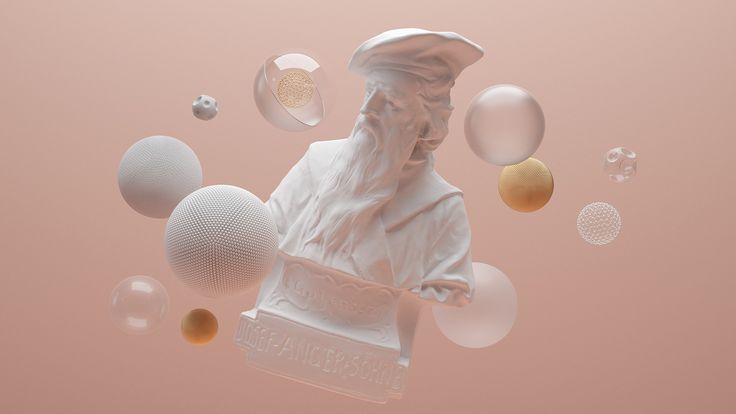 NASA experts propose using 3D printing to create a "dome" of ice from the surface of Mars, covered with a transparent membrane of fluoroplast-40. One of the main advantages of a water-based dwelling is that such walls protect from cosmic radiation, but do not prevent the penetration of light - this creates some comfort. In addition, when choosing materials, other criteria were taken into account - their strength and reliability, the ability to withstand the difficult conditions of Mars. nine0005
NASA experts propose using 3D printing to create a "dome" of ice from the surface of Mars, covered with a transparent membrane of fluoroplast-40. One of the main advantages of a water-based dwelling is that such walls protect from cosmic radiation, but do not prevent the penetration of light - this creates some comfort. In addition, when choosing materials, other criteria were taken into account - their strength and reliability, the ability to withstand the difficult conditions of Mars. nine0005
The European Space Agency (ESA) is working in the same direction and has already achieved some results. Scientists from the Austrian University of Applied Sciences in Wiener Neustadt managed to 3D print a small needle and a corner wall from JSC-Mars-1A material, which mimics Martian soil.
In addition to serious research, there are quite unexpected projects. So, experts from the ESA we mentioned thought about saving the souls of the first lunar colonists and planned to build a temple on the moon using 3D printing. This building, poetically named Temple of Eternal Light, will be located in the center of a residential complex for the first lunar settlers and will combine a prayer place and an observatory. The designers believe that the temples on the moon will revive the lost connection between mankind and the cosmos. nine0005
This building, poetically named Temple of Eternal Light, will be located in the center of a residential complex for the first lunar settlers and will combine a prayer place and an observatory. The designers believe that the temples on the moon will revive the lost connection between mankind and the cosmos. nine0005
However, according to Vyacheslav Bobin, head of the Center for the Study of Natural Substances at the Institute for the Integrated Exploration of the Subsoil of the Russian Academy of Sciences, the construction of settlements on the Moon is not such a fantastic prospect as you might think. A new Russian lunar exploration program could provide the conditions for building a base using 3D printing. If Russian researchers manage to identify a suitable location for the colony, Bobin believes a 3D printer could be used to construct buildings later on. nine0005
That's not all the exciting news about space 3D printing. What can you say, for example, about 3D-printed rocket fuel or the use of 3D technologies in the development of a unique space suit for the first participants in a Martian mission?
Read even more up-to-date information in our special section "Space" and don't forget to congratulate your family and friends on Cosmonautics Day!
Letterpress.
 Created a 3D printer to work in zero gravity - Search
Created a 3D printer to work in zero gravity - Search Engineers from Tomsk Polytechnic University (TPU) have completed the development of the first Russian 3D printer for printing in zero gravity. The work was carried out by order of the Rocket and Space Corporation "Energia" them. S.P. Korolev” (RSC Energia is part of the state corporation “Roscosmos”) together with specialists from the corporation and Tomsk State University (TSU).
Two pilot printers delivered to customer. According to Roscosmos, one of them will be sent to the International Space Station (ISS) in June 2022. With its help, Russian cosmonauts will be able to make the parts necessary to work with the station equipment. The second sample will remain on Earth. nine0005
The development of the printer with all the necessary steps took just over three years. The specialists of the Tomsk Polytechnic University were faced with the task of making an apparatus that would allow them to quickly and directly at the station create the small parts needed by astronauts so that they would not have to be delivered from Earth.
The main scientific and engineering challenge was that 3D printing in zero gravity is different from terrestrial conditions. When printing on Earth, gravity makes a significant contribution to the “gluing” of layers during the layer-by-layer formation of a part. The lack of gravity requires changes in both technology and printer design. nine0005
The engineers of the Tomsk Polytechnic University had the entire design of the printer, the electronic “stuffing” was developed by the scientists of the Tomsk State University. A complex of tests of a prototype printer was carried out by specialists from the Polyus Research and Production Center.
A 3D printer is about the size of a small analog TV. This is a block-modular design, all components of which are assembled in one housing.
According to a given 3D model, the printer prints the desired object in layers from a polymeric material - polylactic acid, this is one of the most common polymers. Parts made in this way are very strong, but at the same time light.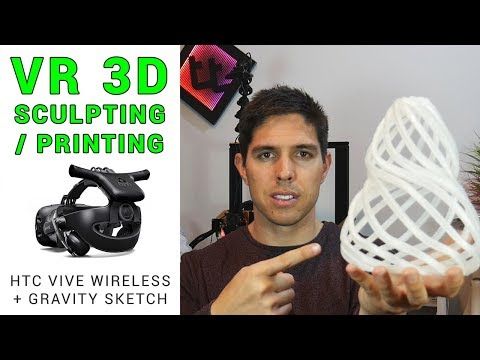 nine0005
nine0005
“Behind this work is the work of a large team of researchers and engineers from Tomsk Polytechnic University. It was not a trivial task to create a reliable, lightweight device that works in conditions very different from those on earth,” says I. about. TPU Rector Dmitry Sednev.
“The software developed by TSU scientists and engineers for the first Russian space 3D printer will allow participants in space expeditions to reach a new level of performing tasks in space using additive technologies,” said TSU Rector Eduard Galazhinsky. nine0005
The working chamber of the printer, in which the printing process takes place, is completely sealed. It is equipped with systems of thermal control, ventilation, circulation and air purification. This is important for removing the products of thermal decomposition of plastic from the atmosphere of the working chamber and ensuring the safety of the station crew. In conventional printers, such elements are not provided.



